The art of the postcard can take many forms. A few months ago, we told you about aluminium postcards, which offer a shiny appearance. Today, I'd like to introduce you to another technique that has been very successful: embroidered postcards.
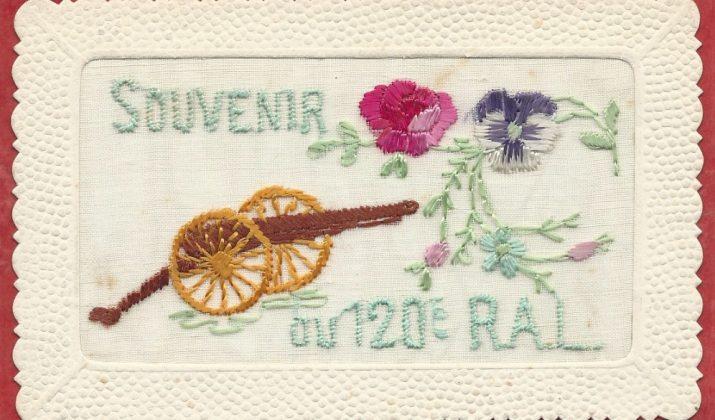
Created in the early years of the 20th century, particularly for the 1900 Universal Exhibition, these cards were embroidered by hand. The concept consisted of passing a thin, very light, embroidered gauze through the middle of two pieces of cardboard, one of which was cut out in the middle to reveal the embroidery.
There were countless designs: messages, drawings and even military correspondence during the First World War, as you can see from the examples of cards chosen to illustrate this article.

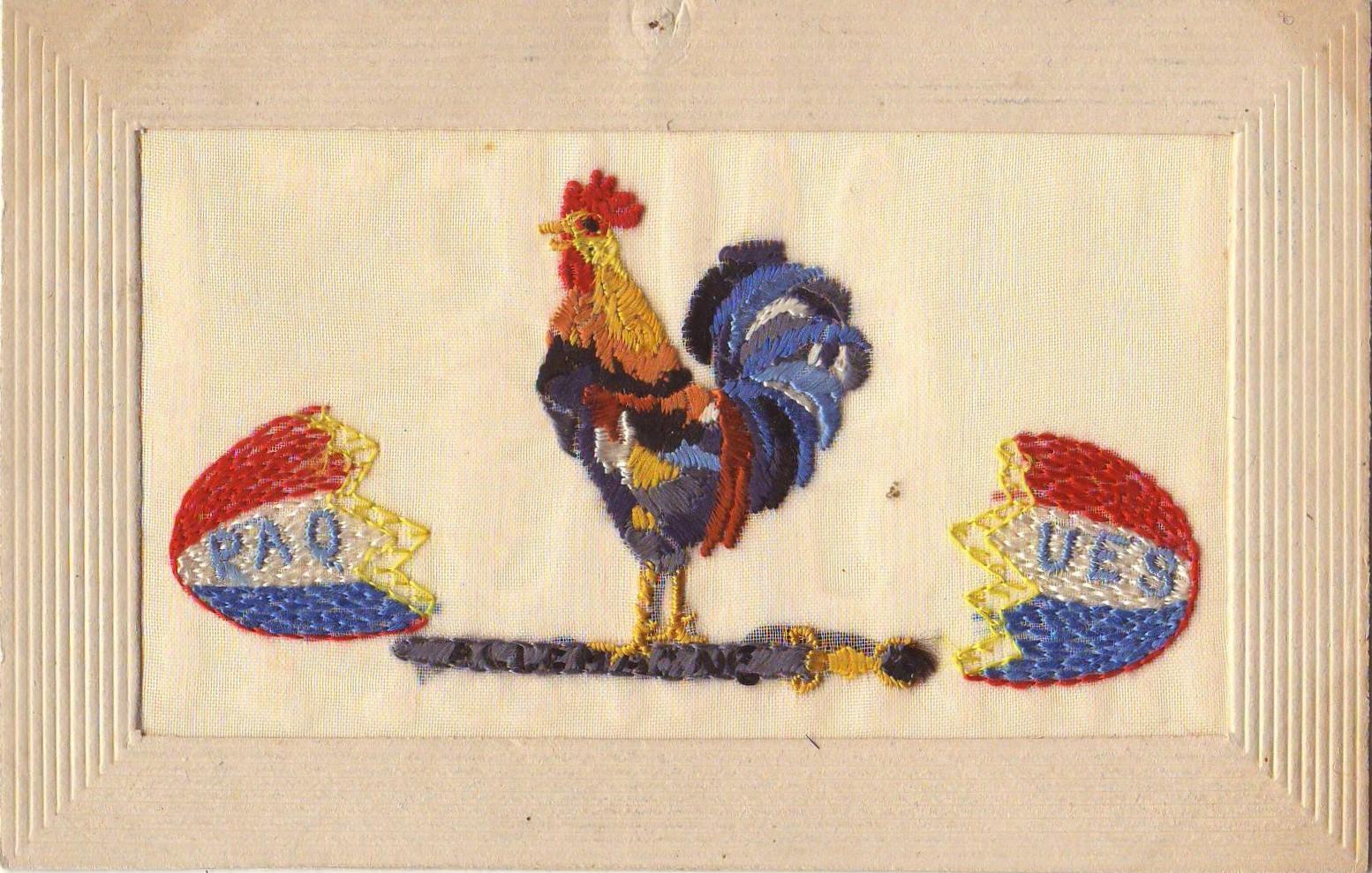
This type of card was very popular in Europe until the 1950s. Collectors are aware that the main producers of these cards were French, Swiss, English and German. Subsequently, this type of complex work lost interest and production declined in the second half of the 20th century.
Luckily, this beautiful technique remains in the hearts of postcard lovers and deserves to be showcased. This is why I invite you to discover the many embroidered postcards for sale on Delcampe !
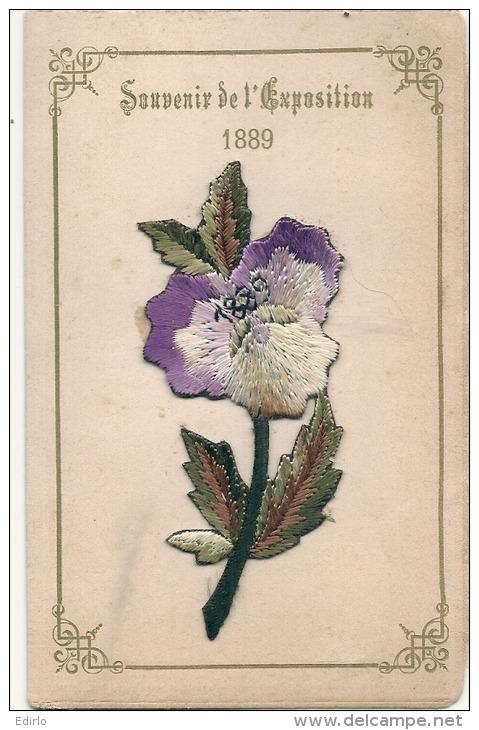
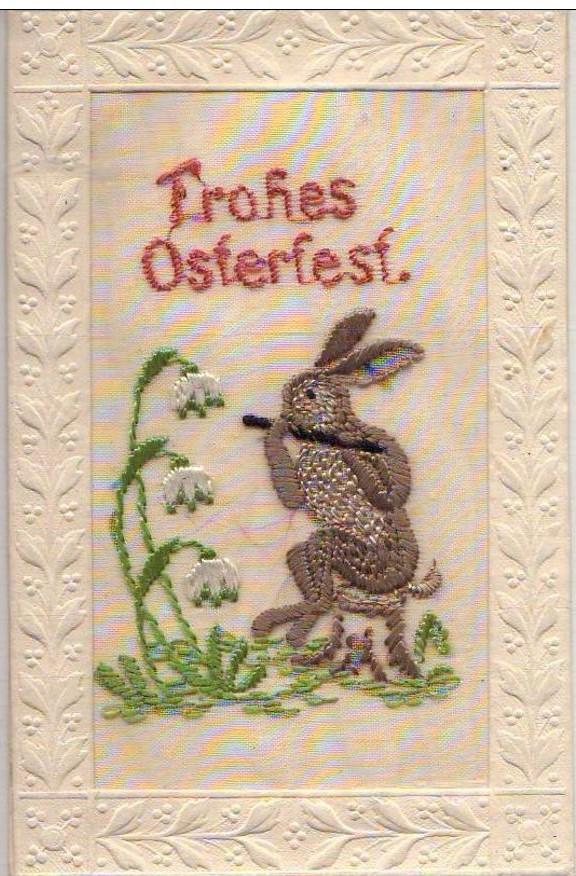
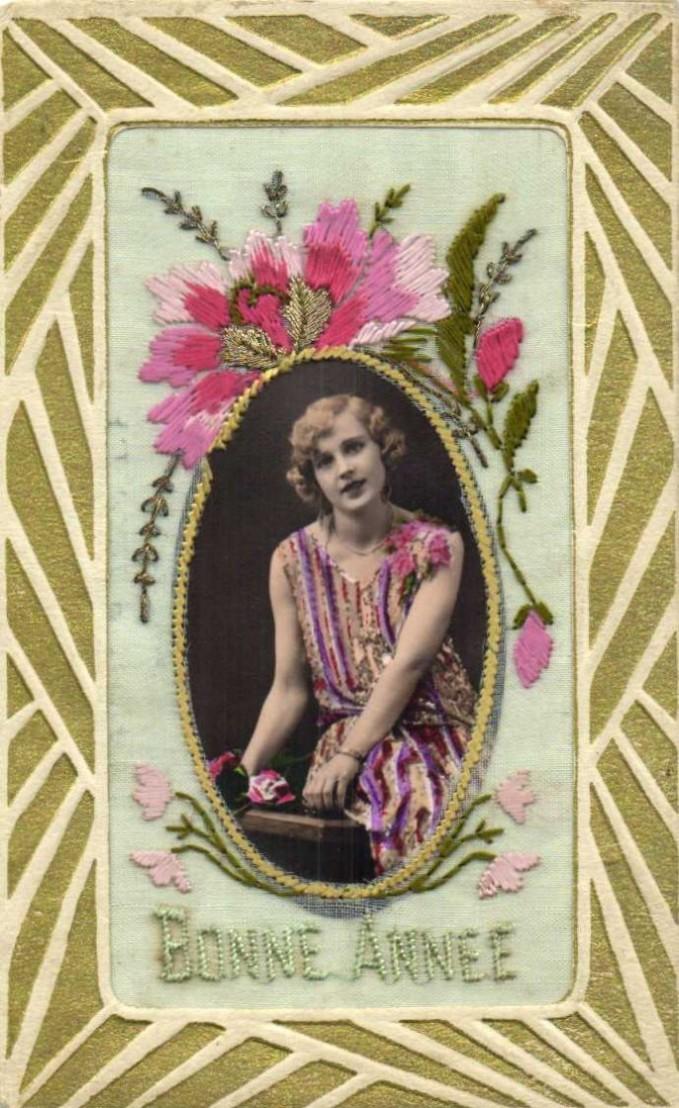






Helo Heloise
I think you may need to check up the history of the embroidered postcards, you feature today.
Very early ones may have been hand worked but the millions sold during WW1 were Machine made in large factories.
There is no way enough women could have embroidered so many.
Best Wishes